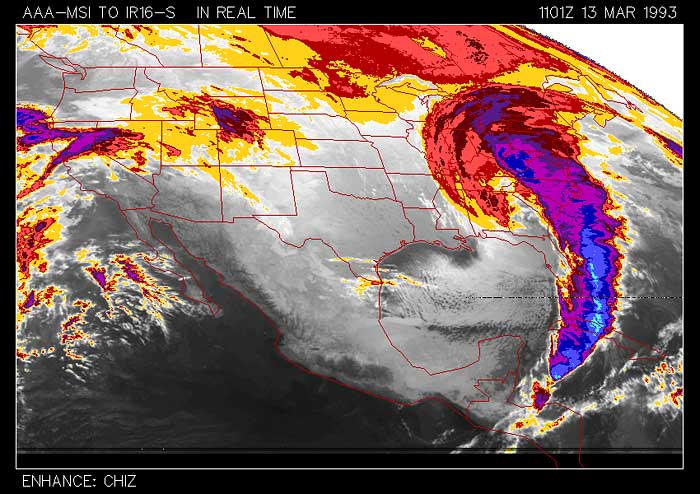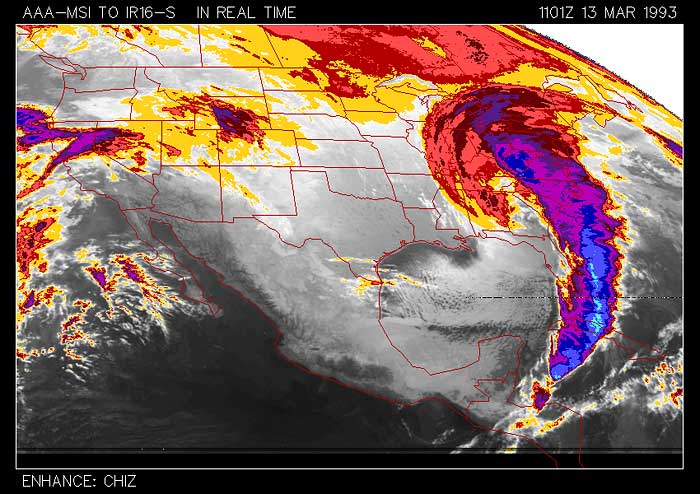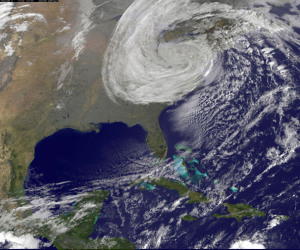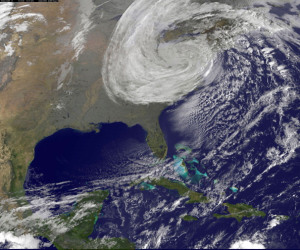© 2012 Naturesfury.net


SUPERSTORM
What Is A Superstorm?
Superstorm is a subjective term for any storm that is extremely and unusually destructive.
Examples of a Superstorm?
Superstorm Sandy
In October 2012, super storm "Sandy" hit the United States East Coast causing massive destruction, especially to New Jersey and New York.
When hurricane hunter aircraft measured its central pressure at 940 millibars -- 27.76 inches, it was the lowest barometric reading ever recorded for an Atlantic storm to make landfall north of Cape Hatteras, North Carolina. The previous record holder was the 1938 "Long Island Express" Hurricane, which dropped as low as 946 millibars.
(MORE INFO & STATS COMING SOON)
The Storm of the Century
One huge storm system covering a large geographic area can produce rain, hail, tornadoes, snow, freezing rain, sleet, storm surges, flooding and flash flooding. This was the case during March 12-15, 1993, when the “Storm of the Century” paralyzed the eastern coast of North America for three relentless days. When it ended, the death toll stood at 270, with another 48 people reported missing or lost at sea. The storm ravaged the continent from Florida to Canada, from the Gulf of Mexico to icy North Atlantic waters.

Thousands of people were isolated by record snowfalls. For the first time, every major airport on the East Coast was shut down by the massive storm, and all interstate highways north of Atlanta were closed. Central New Jersey reported 2.5 inches of sleet on top of 12 inches of snow. Fallen trees and high winds left 3 million customers without electric power, while hundreds of roofs collapsed from the weight of the snow. Homes on Long Island fell into the sea from pounding surf. The Coast Guard rescued 160 people at sea in the Gulf of Mexico and the Atlantic and at least one freighter sank in the Gulf. In the North Carolina and Tennessee mountains, more than 200 hikers were rescued from the storm.
An estimated 15 tornadoes struck Florida, while 6 inches of snow fell in the Florida panhandle. A 12-foot storm surge took 7 lives, bringing Florida’s death toll to 44. In Nova Scotia, 33 crew members were lost at sea when 65-foot waves sank a ship, and elsewhere a wind gust of 131 mph was reported. Northern New Brunswick experienced a temperature drop of 45 degrees Fahrenheit in 18 hours. Storm-related deaths also occurred in Cuba, while 5,000 people in Reynosa, Mexico were left homeless by a tornado.
Total damage figures, both insured and uninsured, exceeded $6 billion, making the Storm of the Century the fourth costliest storm in U.S. history, and by far the most costly extra-tropical storm. Overall, the Storm of ‘93 affected 26 states and approximately 50% of the nation’s population.



Image Courtesy of NOAA
Image Courtesy of NASA
SUPERSTORM
